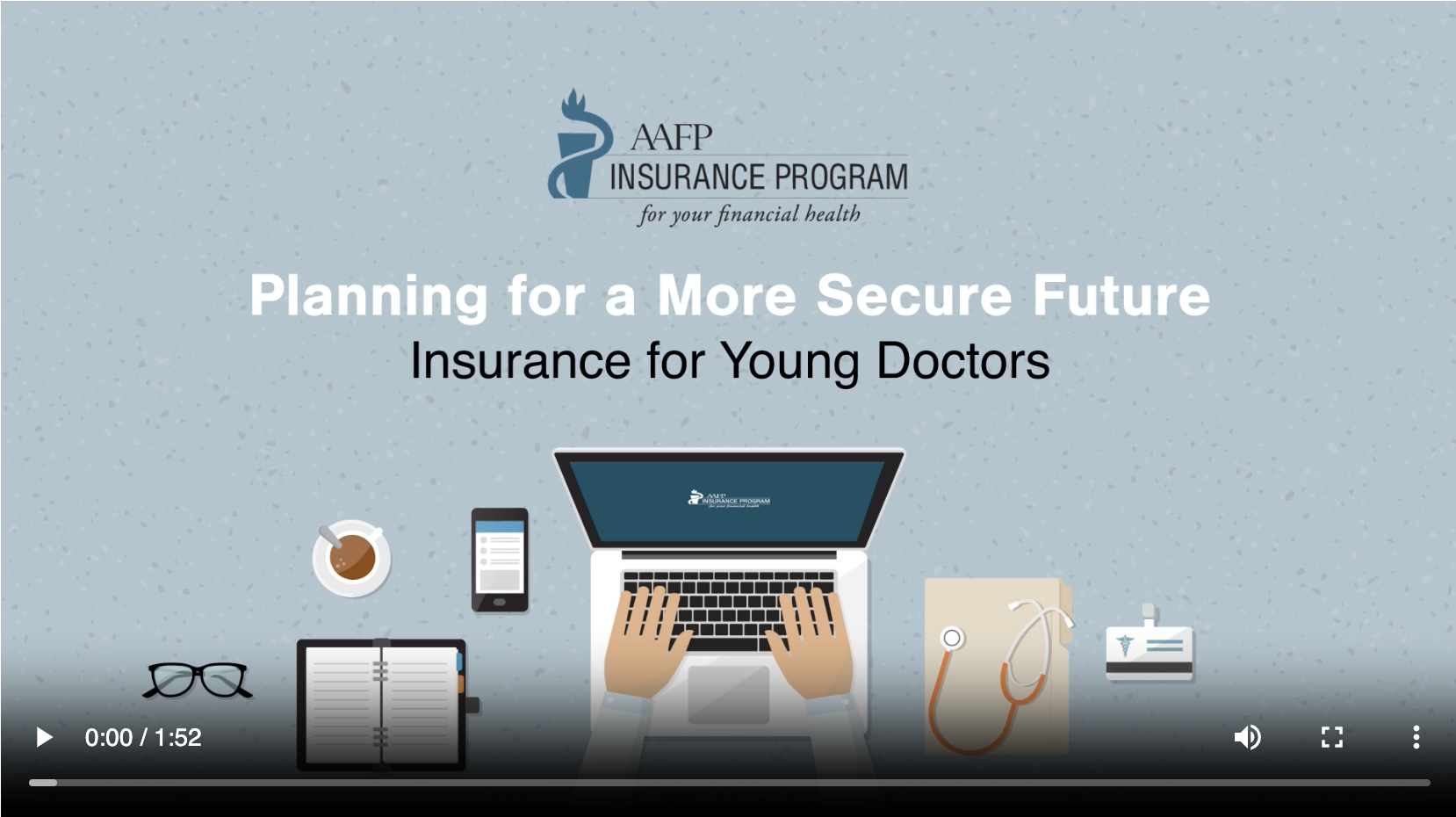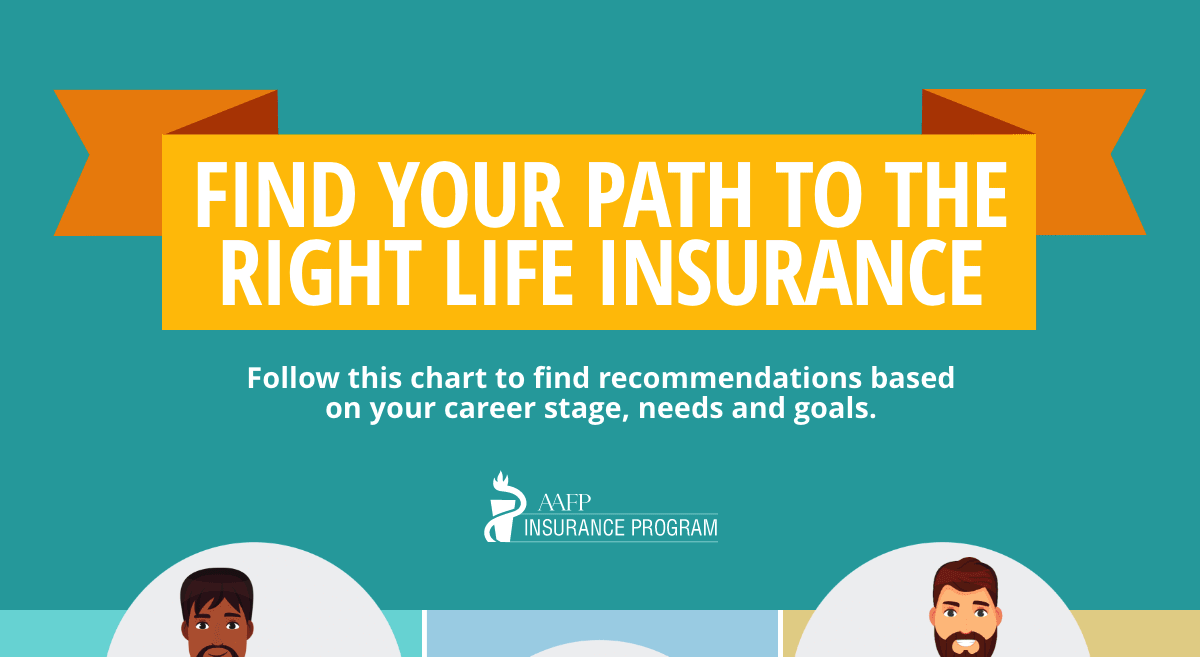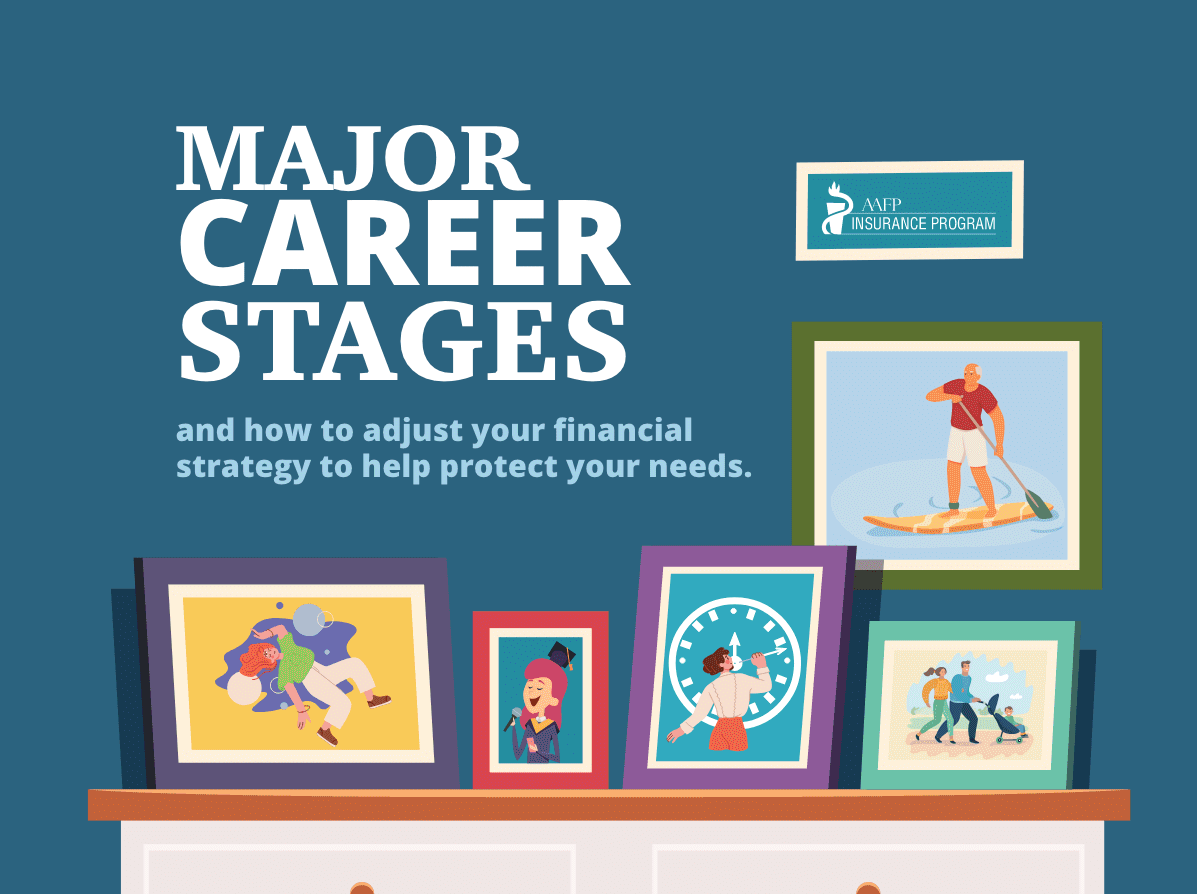Some students consider declaring bankruptcy. Should you? The short answer is… no. It may cause more problems than it solves. There may be times when declaring bankruptcy is a good decision. After all, it means you can walk away from debts and start over, right? Well, kind of. In reality, there is more to it than that.
Bankruptcy has its drawbacks. First, it is not as easy as many people think. If you get to walk away at all, you often do so without much, if anything, in terms of your current assets. Cars, homes, and other assets may be repossessed or foreclosed. Plus, the black mark of bankruptcy stays on your credit report for the next seven to ten years. When you apply for a credit card, car loan, or mortgage, potential lenders will have full access to that information. Even after the official bad-credit period ends, your future credit worthiness will still be marred by the bankruptcy. Lenders and other creditors may still deem you as a large credit risk. This will make it difficult to borrow money in the future. If you do manage to find a lender, the interest rate will very likely be sky high.
As for student loans specifically, they are not automatically forgiven. If you declare bankruptcy, explains the National Consumer Law Center, you must prove that continuing to pay the student loan would cause you and your family “undue hardship.” As a doctor, and assuming that you are earning a living as a Family Physician, you could find this hardship test almost impossible to meet.
(In the past, student loans could be erased via bankruptcy; that was changed in 2005. The discussion about changing the law again comes up fairly regularly in Washington; however, to date that’s all it has been… discussion.)
Other debt that is NOT forgiven through bankruptcy includes tax liens and back alimony.
Sometimes, filing bankruptcy may be appropriate. First, if you have a large amount of unsecured debt (such as credit card debt), with no hope of ever paying it all off, bankruptcy may be the answer. However, keep in mind that secured debt (debt connected to particular assets, such as cars, boats, and property) may not be wiped out. You could either be required to continue paying this debt or risk losing the assets themselves.
Second, if you become unemployed or accumulate a large amount of medical bills that you will not be able to address, bankruptcy will give you a fresh start. Still, in most situations, bankruptcy should only be a last resort, not a strategy.
Still considering bankruptcy? Here are the basics: There are two types of bankruptcy. Under Chapter 7, debts are discharged completely and need not be repaid. Under Section 13, debts are renegotiated. You may be able to eliminate some. However, you generally have three to five years to settle up on the remaining amount. In both cases, the courts determine how your debts are to be discharged. It is not a free-and-clear release from liability.




